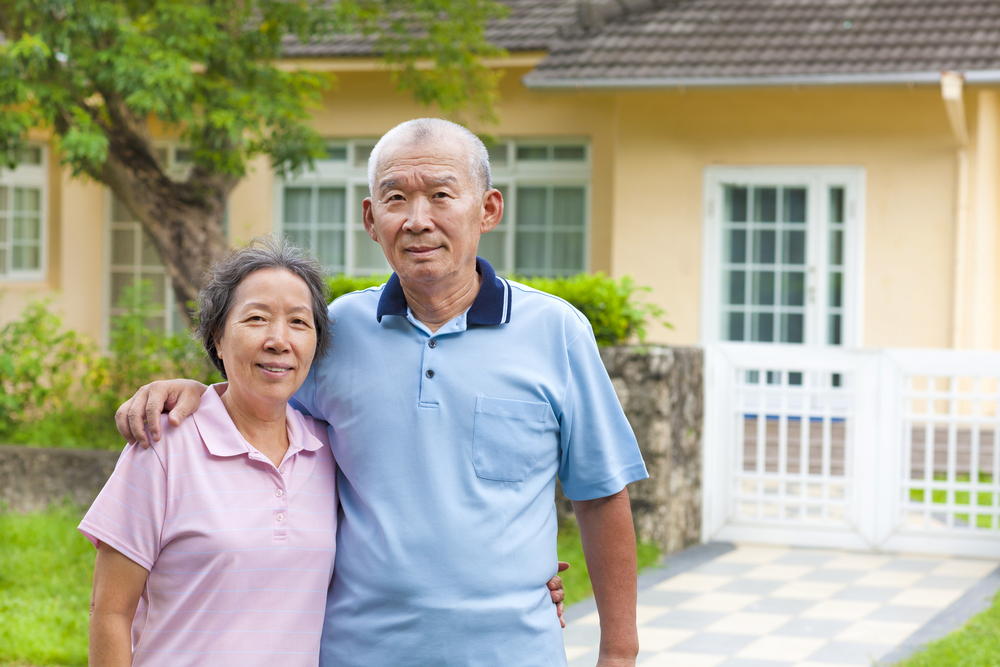
A wide, accommodating, no-step entry is what makes a home like this visitable and welcoming for anyone to visit and enter – even the occupants who live there full-time
Mobility issues affect everyone in some way
Everyone experiences some mobility issues throughout their lives. Some are relatively minor and come and go, and some are a little more chronic. Some affect the way people get around to the point of them requiring a mobility aid of some type.
The point is that our abilities are subject to change over the course of our lifetimes. Disabilities, when they occur, may be little more than a nuisance that we deal with for a few days or weeks. It might be a little more serious, but not long-term, and we learn to compensate for our inability to still do relatively as much as we were prior to the injury.
Let’s make sure that we understand that mobility consists of so much more than just walking or stepping. While moving the hip, knee, and ankle joints factor into mobility quite prominently, mobility means the movement of any joint, tendon, or ligament – from our neck to our toes. As any movement becomes restricted, difficult, or sore, we experience a mobility limitation.
Leveling the playing field
Since we never know how life is going to unfold – even if we consider ourselves to be quite healthy and free of any physical limitations for the moment – we need to be prepared for such eventualities. This can be done quite easily with visitable design in our homes.
Additionally, we won’t necessarily know in advance what someone might be experiencing when they are coming to our home after having been invited by us or just to call upon us so we need to have the approach, entrance, and floor areas of our homes accessible to anyone.
An entrance walkway, driveway, and approach (steps, porch, stoop, or landing) needs to accommodate the mobility (physical) needs of anyone who might come to our door. This cannot be done as they are walking up to the door. Obviously, it needs to be done in advance.
Visitability is accommodating the needs of all
Accommodating people who are going to be visiting us – since we never know who all those people are who are going to be coming or what their physical needs might be as well – it is a high priority to have a home that is safe and comfortable for people to enter and use. Even if we are less concerned about ourselves and other occupants of our home, looking out for those coming to us is a major priority. Still, we come and go constantly so our homes really should offer us safe access as well.
Of course, as we look out for those coming to see us and provide for the mobility issues they might be experiencing – never knowing the extent of those concerns except for regular visitors like relatives or neighbors – we also will be providing for ourselves and the other residing with us.
Just as we never know what everyone who visits us (by invitation or just stopping by unannounced) will be experiencing, life can throw us some curves as well – from sprains, strains, broken bones, and illnesses or other events (such as arthritis, multiple sclerosis, dementia, diabetes, or a stroke). We must remain diligent and make sure that our homes can accommodate ourselves and others regardless of whatever mobility or sensory issues they might be experiencing and whether those are short or longer term in nature.
Planning for good outcomes
Since there is no way to tell what the future holds for any of us, using visitable design concepts is a solid way to approach aging in place concerns effectively.
It won’t matter whether someone who is in good health and ability now retains that long-term, or whether there are current or future issues to deal with that affect how someone uses our home and gets around in it. Flooring, doorways, switches and controls, appliances, cabinets, plumbing fixtures, windows, and stairs or steps are just some of the many issues where someone might experience challenges in our homes unless we begin to look at such areas now and begin modifying them to accommodate the potentially changing needs of ourselves and people from the outside who might visit us.
Of course, in discussing our own homes, we really are extending this to the marketplace and the homes, needs, and experiences or our current clients and others we might serve in the future.
